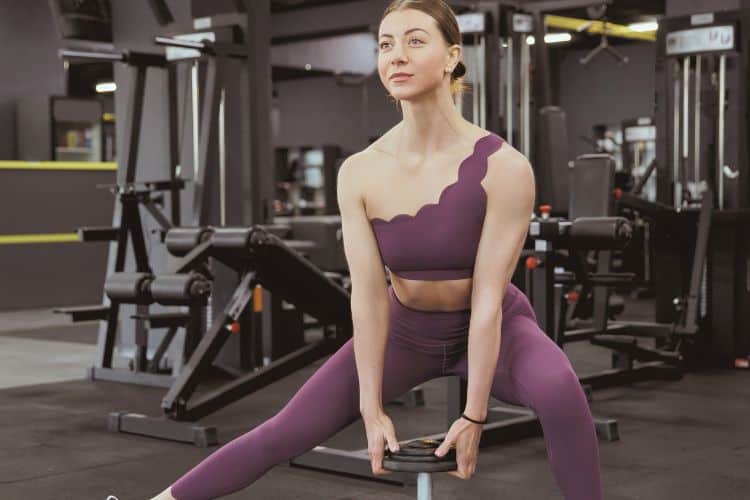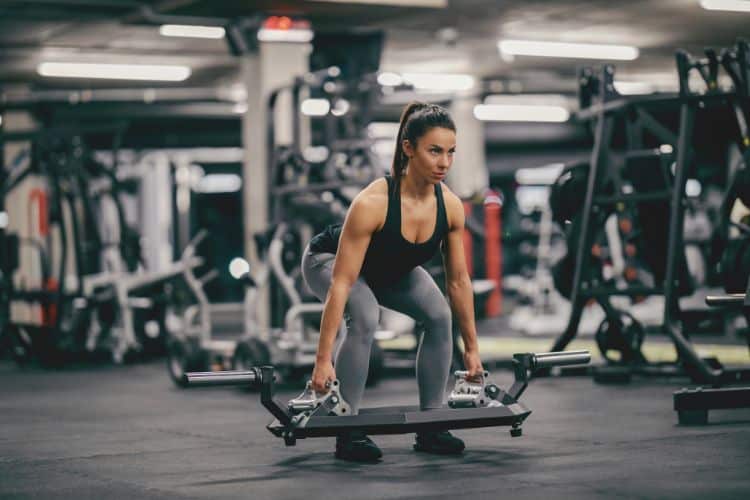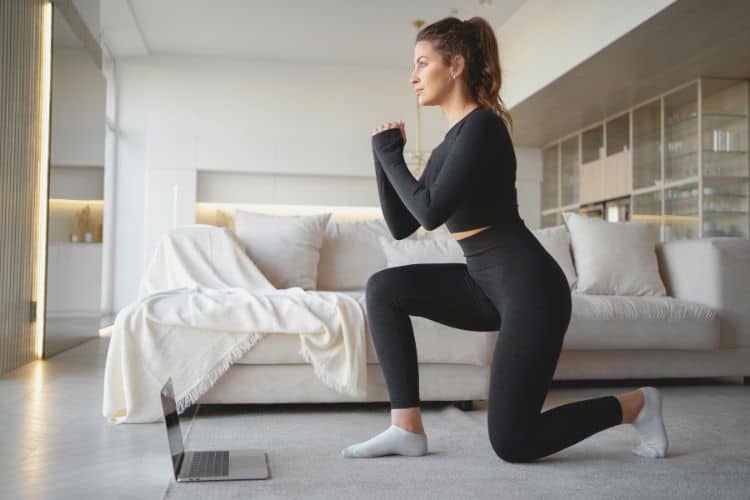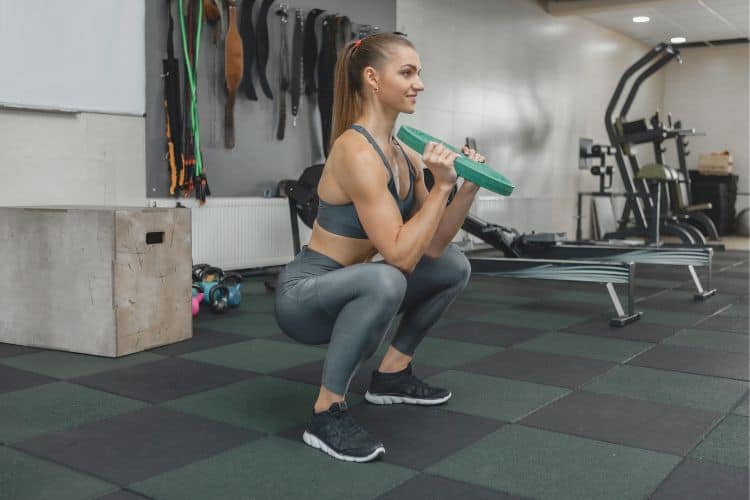Sign up for workout ideas, training advice, reviews of the latest gear and more.






If you’re looking for a fast, effective, and total-body workout that builds muscle, burns fat, and improves cardiovascular fitness, a 30-minute full-body dumbbell HIIT circuit is one of the best training options. This style of workout combines the strength-building benefits of weight training with the calorie-torching power of high-intensity interval training (HIIT), giving you results in a short amount of time.
In this guide, you’ll learn what makes dumbbell HIIT circuits so effective, how to structure your session for maximum results, and get a complete 30-minute workout plan you can do at home or in the gym.
A dumbbell HIIT circuit is a workout format that combines compound strength training exercises with short bursts of high-intensity effort and minimal rest periods. Unlike traditional weightlifting where you rest between sets, HIIT circuits keep you moving to maintain an elevated heart rate, which maximizes calorie burn while still building muscle.
In a typical full-body dumbbell HIIT session, you’ll:
In just 30 minutes, you can work your entire body, improve strength, and boost cardiovascular fitness. Perfect for busy schedules.
By combining resistance training with HIIT principles, you build lean muscle mass and increase your metabolism for better fat-burning potential.
The minimal rest periods train your muscles and cardiovascular system to perform better under fatigue.
All you need is a pair of dumbbells and a small workout space — perfect for home or travel.
HIIT increases excess post-exercise oxygen consumption (EPOC), meaning you’ll burn more calories for hours after your workout.
When creating a dumbbell HIIT circuit, keep these structure tips in mind:
Focus on multi-joint movements such as squats, presses, and rows to work more muscles in less time.
To avoid early fatigue, alternate between upper body, lower body, and core exercises.
Perform each exercise for 40–50 seconds of work followed by 10–20 seconds of rest.
Rest only long enough to transition between exercises, usually 30–60 seconds between full rounds.
Use dumbbells heavy enough to challenge your muscles but light enough to maintain proper form during the entire interval.
Before you start your HIIT dumbbell workout, spend 5–7 minutes warming up to prepare your muscles and joints.
Dynamic Warm-Up Routine:
This workout includes six exercises per round, hitting every major muscle group. You’ll complete three rounds total with short rest breaks between each round.
Format:
Muscles Worked: Quads, glutes, shoulders, triceps, core
How to Do It:
HIIT Tip: Drive up explosively from the squat to maximize power.
Muscles Worked: Back, shoulders, core, arms
How to Do It:
HIIT Tip: Engage your core to prevent hip rotation.
Muscles Worked: Hamstrings, glutes, lower back
How to Do It:
HIIT Tip: Keep a slight bend in the knees and maintain a flat back.
Muscles Worked: Shoulders, triceps, legs
How to Do It:
HIIT Tip: Use your legs to generate extra pressing power.
Muscles Worked: Quads, glutes, hamstrings, biceps, core
How to Do It:
HIIT Tip: Keep your elbows tucked in to maximize bicep engagement.
Muscles Worked: Obliques, core
How to Do It:
HIIT Tip: Keep the movement controlled and avoid rushing.
After your workout, spend 5–7 minutes cooling down to bring your heart rate down and improve flexibility.
Cool-Down Stretches:
Keep a log of the weights used, number of rounds completed, and how you felt during the workout.
Speed is important in HIIT, but good form always comes first to avoid injury.
Progress by increasing weight, shortening rest times, or adding an extra round.
Eat a balanced diet rich in protein, complex carbs, and healthy fats to support muscle recovery.
For best results, perform this workout 2–3 times per week, alternating with other training days.
Yes. Beginners should use lighter weights and extend rest periods if needed. Focus on mastering form before increasing intensity.
A 30-minute dumbbell HIIT session can burn anywhere from 300 to 500+ calories, depending on intensity, weight used, and fitness level.
Not necessarily. Moderate weights that allow you to perform all reps with good form are ideal for maintaining pace during a HIIT session.
No. Your muscles need time to recover. Limit HIIT to 3–4 times per week with rest or low-intensity days in between.
A 30-minute full-body dumbbell HIIT circuit is an excellent way to build muscle, burn fat, and improve fitness without spending hours in the gym. With the right combination of compound movements, timed intervals, and minimal rest, you can achieve maximum results in minimal time.
Whether you’re working out at home or in the gym, this efficient and challenging workout can help you stay consistent, push your limits, and reach your fitness goals faster.
Want more workout and video guide?
Follow us on Pinterest, Facebook, and Subscribe to our Newsletter and Stay tuned for FREE downloads of our App coming soon!
Stay up to date on the latest women’s health, fitness and lifestyle trends and tips.